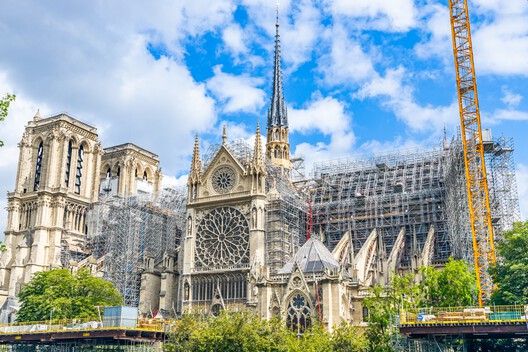Impeachment, Civil Unrest, and the Emergence of a Powerful New Generation in Peru
On November 10, the Peruvian Congress voted to remove President Martín Vizcarra from office on grounds of “moral incapacitation” (an euphemism for corruption), fifty days after its first attempt had failed to secure the necessary number of votes – two-thirds of the chamber.
This development came less than two years after Vizcarra, at the time occupying the vice presidency, had ascended to the highest office following the resignation of then-President Pedro Pablo Kuczynski in early 2018 – a day before Congress voted on his own impeachment process. Hence, many Peruvians believed that a second impeachment so soon would only serve to destabilize the country further and to distract from the fight against the COVID-19 pandemic.
In addition, Peru has a litany of disgraced ex-presidents which have severely undermined Peruvians’ confidence in the political establishment, as well as threatened the country’s international standing; Kuczynski is under house arrest, and his predecessor, Ollanta Humala, is under criminal investigation for his alleged involvement in a bribery scheme with Brazilian construction company Odebrecht. Humala’s predecessor, two-time former president Alan García, committed suicide last year as police came to arrest him, also for his involvement with Odebrecht. Alejandro Toledo, who served one term before García, is out on bail in California and facing an extradition process, after doing an eight-month prison stint in the U.S. Finally, long-term president Alberto Fujimori (1990-2000), an extremely polarizing figure, is serving a 25-year sentence for allegedly masterminding a military attack on a suspected terrorist group that left 25 people, including a child, dead in 1992.
As a result of all this instability, corruption, and perceived ineptitude of the political class, a new force has emerged in Peru: the Bicentennial Generation. The term, coined on Twitter by sociologist Noelia Chávez, refers to a hard-to-categorize group of young people, who have taken the spotlight in the months leading up to the bicentennial of Peru’s independence. It’s not clear exactly what age brackets the Bicentennial Generation comprises, with estimates putting the bottom end as low as 15 and the upper limit as high as 30. What is evident, though, is that this diverse group of young people – including many university students – has surfaced as the new driving force of political change in Peru.
According to the Constitution of Peru, when a sitting president is removed from office through the process of impeachment, the president of the Congress assumes office as interim president of the country, in the absence of a vice president to take on the role. That’s exactly what happened in Peru, as former Vice President Mercedes Aráoz had long before resigned in protest to Kuczynsky’s removal. When controversial former congressional leader Manuel Merino was sworn in as president on November 10, young people began to take to the streets to protest Vizcarra’s impeachment and declare their unwillingness to accept Merino as their president. Chants of “Merino doesn’t represent me” reverberated across Lima. This was the first time in the country’s history that young people have taken such an active role, demanding that their voices be heard – the demonstrations lasted five days and had an incredible impact.
Just one day after thousands of youths charged Lima’s historical center, gathering at the traditional San Martin Square on their way to the Peruvian Parliament building, Merino resigned after a mere five-day mandate. The triumph was bittersweet, though, as two young men died, 100 people were injured, and 16 protesters were missing, presumably detained in an unknown location, after violent confrontations with the National Police. All of the detainees have since been released, although little is known about where they were held or on what charges.
On November 17, Congress elected 76-year-old Francisco Sagasti as temporary president, pending a planned general election to be held in April. The election of Sagasti, a former university professor and Wharton-educated World Bank advisor, has brought some reprieve to the extreme unsteadiness that permeated Peru throughout much of 2020, leading up to the unprecedented civil unrest of the past month.
Nonetheless, the Bicentennial Generation, having found their political voice and realized the effectiveness of their movement, continues to take action. They have inspired and mobilized others across Peru – mostly through social media, not unlike Brazil’s Vem Pra Rua and Movimento Brasil Livre, which were largely responsible for taking down the government of former President Dilma Rouseff – to rise up and demand to be heard. This new political force has its sights on bigger and longer-term social and political changes in the country. Many observers, not just in Peru, but around the world, are recognizing them as the true future of progress in the country, much like young people have served as agents of change in other nations, leaving their mark on the most important social advancements in history.
Sources: El Comercio Gestión Andina El Comercio Gestión

This is Ale’s fourth and final year writing for The Talon, for which he is now the Art Editor. He started the second semester of 9th grade – his first...











Kevin • Mar 12, 2021 at 6:11 pm
I thoroughly enjoyed reading this incredibly well written article on a subject that few people in the world are aware of. This article was informative and well organized. Excellent reporting!